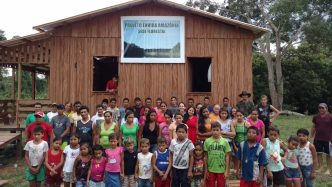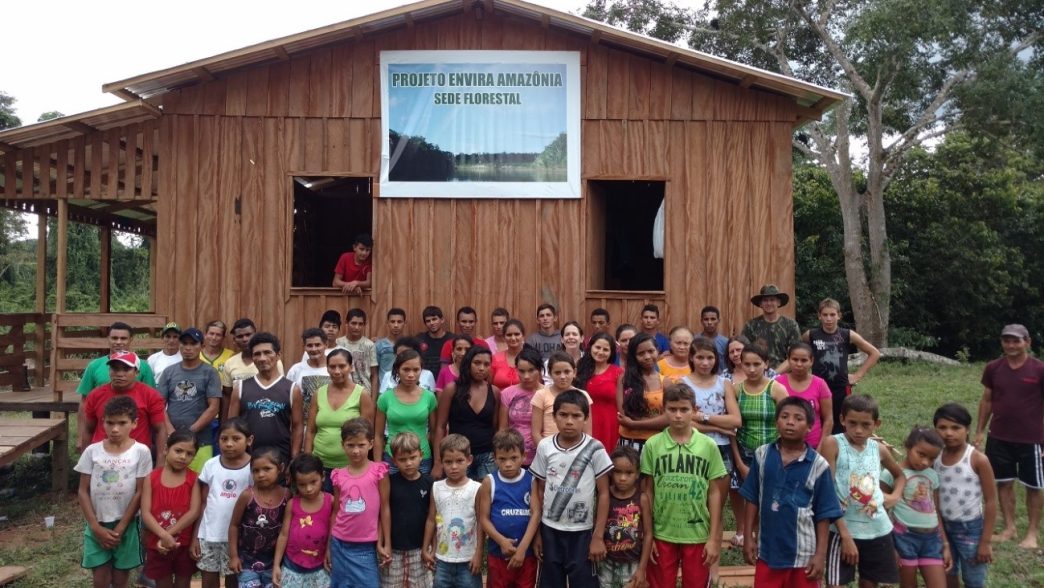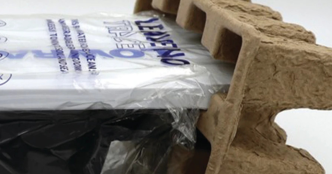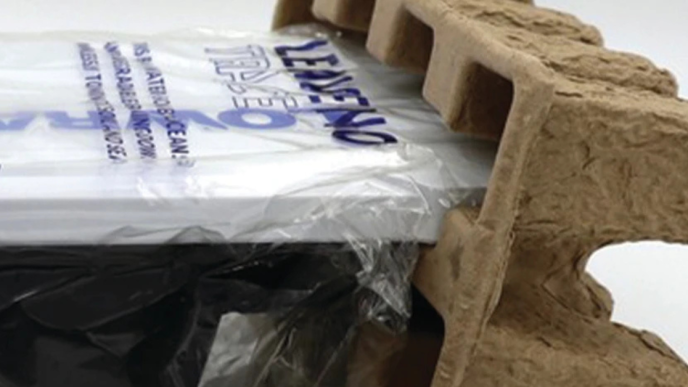ATPI, a global leader in business travel management, is reinforcing its commitment to sustainability in South America by launching a flagship carbon offset initiative in Acre, Brazil. This pioneering project, supported by Petrobras—Brazil’s foremost energy firm—offers ATPI clients a robust, locally rooted solution to fast-track climate commitments and help achieve decarbonisation across the industry.
This initiative becomes the latest addition to ATPI Halo, the company’s dedicated platform for carbon tracking and offsetting. It has been introduced through a strategic alliance with Respira International, a renowned provider of top-tier, independently certified CO₂ offset programmes.
The featured Envira REDD+ (Reducing Emissions from Deforestation and Forest Degradation) project has earned a BBB rating from BeZero Carbon, placing it among the highest-tier initiatives in the voluntary carbon credit marketplace. Additionally, it carries Triple Gold certification under the Climate, Community & Biodiversity Standards (CCB), underscoring its excellence in environmental and social impact.
Petrobras’ investment included the remaining volume from Envira carbon’s carbon credit issuances for 2020, along with a commitment of up to $120 million to strengthen Brazil’s carbon market. This project highlights the growing momentum within the industry for sustainable investment strategies that generate both environmental and community impact. The project has also received backing from both Netflix and Lavazza.
Located in Brazil’s Acre state along the Envira River, the initiative protects over 39,000 hectares of tropical rainforest – a region under pressure from cattle ranching, infrastructure expansion, and slash-and-burn agriculture. It not only preserves one of the most biodiverse ecosystems on the planet but also delivers long-term benefits to local communities through sustainable development and local governance, making it a high-impact, science-based solution for organisations seeking to offset hard-to-abate emissions. With an indicative 2025 carbon credit price of US$12 per tonne, it provides an affordable, transparent offsetting option for energy companies and supply chain partners aiming to advance net-zero targets.
As the newest addition to ATPI Halo’s global carbon compensation portfolio, this initiative joins a suite of forestry and rehabilitation-based projects across Africa, Asia, Central America, and Europe. To date, ATPI Halo has sold 50,000+ carbon credits equivalent to offsetting 50k/tonnes of CO2 emissions, equivalent to the emissions from driving a gasoline car 250 million miles, or the energy required to power 9,870 homes for a year.
Commenting on the new initiative, Director of ATPI Halo, Pippa Ganderton, said: “This is exactly the kind of project our clients have been asking for – credible, high-integrity solutions that deliver tangible environmental and social value. The addition of the Envira REDD+ initiative is especially meaningful for our client base with operations in South America, offering a powerful way to give back to those local communities. It not only supports biodiversity in the Amazon but also drives sustainable livelihoods and aligns with the growing emphasis on ESG performance across the industry.”
The addition of the Envira REDD+ project marks another significant step in ATPI’s ongoing mission to provide energy sector clients and beyond with practical, effective sustainability tools, empowering organisations to manage travel-related emissions while contributing to long-term, environmental and social progress.













